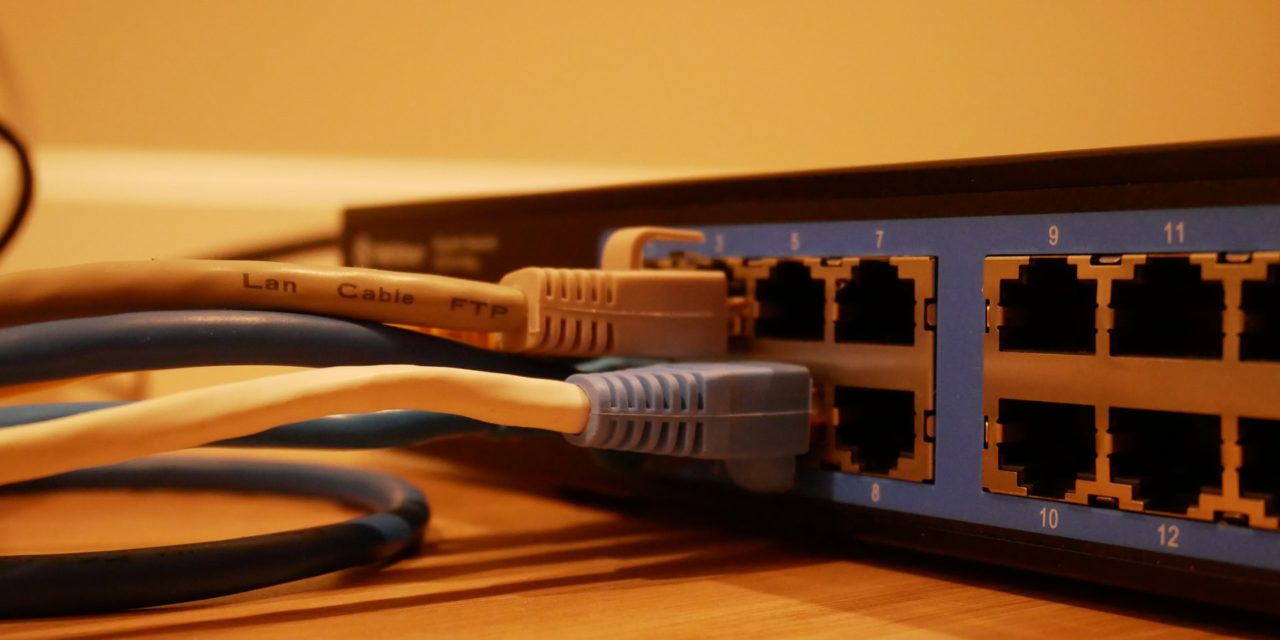[ad_1]
The two major components of the system that gets your home computer or mobile connected to the internet are the modem and the router. The modem communicates with your Internet Service Provider's network. It is called a cable modem if it connects to your cable provider through a coaxial cable. It is a DSL modem if it is connected to your telephone line. Your modem will necessarily depend on the ISP's infrastructure capability. It could be fibre or satellite also.
The router shares this internet connection among the various devices in your home or office. If it is wireless and creates a Wi-Fi network the devices can connect to. The router may be provided with ports for Ethernet cables. The router connects to the Internet, through the modem and is the recipient and owner of a single IP address on the internet, which servers on the net can connect to.
Routers come with firewalls which are protective barricades against the internet and offer protection in the hardware format in addition to the software firewall protection available on your computer.
ADSL devices combine both in one piece of equipment.
All brands of modems and routers basically work the same way except for a few cosmetic differences.
But there is a range of modems and routers to choose from and the prices vary from 30 dollars to a few hundreds
Modems
When choosing a modem, if your service provider is providing internet through the cable network, the modem for cable is a standard one called the DOCSIS 3.0 being the latest format across all brands. If it is a DLS connection, you would go for a VDSL connection for speeds greater than 15 Mbps and an ADSL connection for lesser speeds.
The number of channels available is important. For one or two persons, 8 download and 4 upload channels are sufficient, while for a larger family, with many devices working simultaneously, 16 or 32 download channels, high end modems which are expensive would be required.
Routers
Routers are a lot easier to choose. There are two types of technology in use.
· The faster AC which has beam forming technology, directs a beam at your device instead of the radius wifi technology. This is better for new devices and old ones too work well on this technology.
· N technology is comparatively slower.
The number too denotes the speed in megabytes per second. (Mbps) It can range from 100 Mbps to 5300 Mbps. Ideally, one should go for speeds upwards of 1600 Mbps not greater than 2300 Mbps. This is valuable advice from an expert.
It is always better to buy a modem and a router on your own rather than going for what the service provider is providing for a low rent. The difference in internet speed is worth spending a few hundred dollars.
Instead of having to choose separate modems and routers, it is better to have one unit that serves both functions. It helps in a tidy system, provided, of course, you are getting all the features of the best modem and the best router, because different brands can be used together.
[ad_2]
Source by Satvik Mittal

